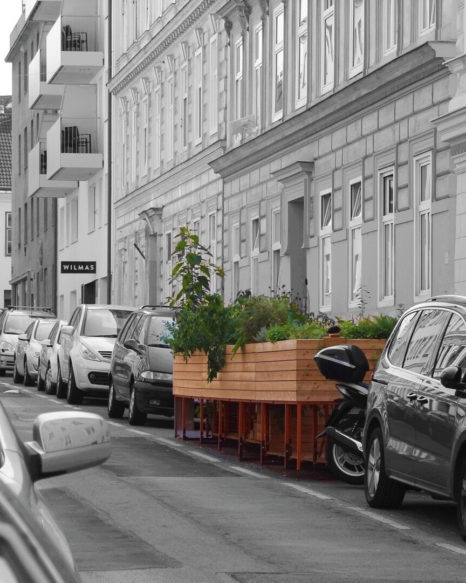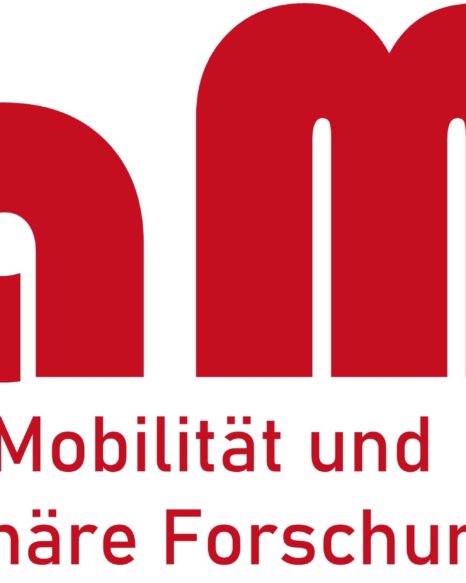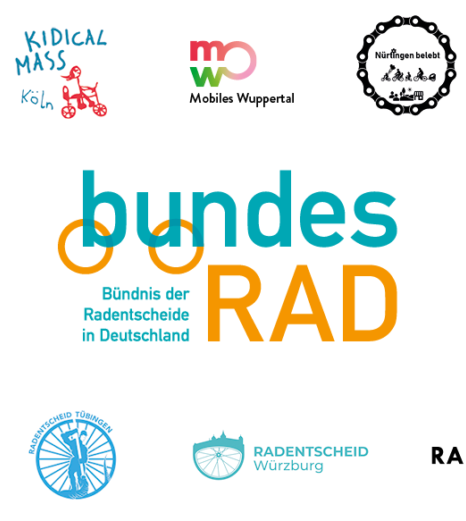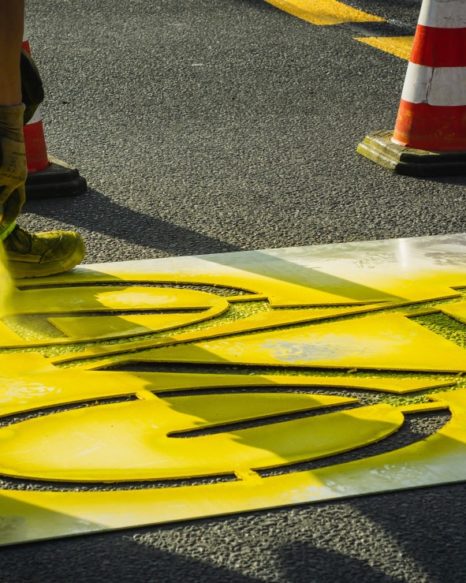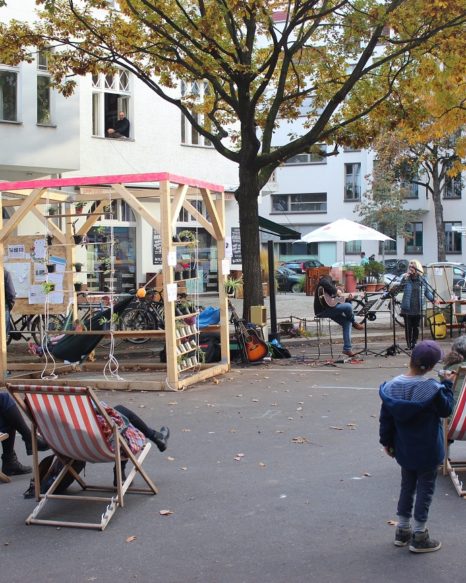Sophia Becker und Anke Sterz ziehen nach drei Jahren Berliner Mobilitätsgesetz eine überwiegend positive Bilanz und empfehlen anderen Städten, dem Beispiel zu folgen.
The Berlin Mobility Act (MobG BE) has raised great expectations for a rapid transformation of the capital into a people- and environmentally-friendly mobility space. This paper reviews progress in four areas of action.
Due to the continuing population growth in large cities and the associated redensification of inner-city areas, there is an increasing lack of green and open spaces in many urban neighbourhoods and public space is becoming a scarce resource. Therefore, the question arises as to which areas in the city can be transformed into meeting places so that the social function of public spaces is strengthened.
Forschungskolloquium des Fachgebiets Nachhaltige Mobilität und transdisziplinäre Forschungsmethoden (NaMo) Sommersemsester 2021
Termin: mittwochs (14-tägig), 14:30 bis 15:30 Uhr, Online-Veranstaltung
Here are the slides for the presentation at KONRAD21 as a pdf-file and a detailed list of recommended readings on the topics of transformation, change, transport transition, pop-up bike lanes and their effects, and psychological resources for sustainability.
It was one year ago that the first pop-up bike lane was established in Berlin at Hallesches Ufer. Many more followed - especially in the district Friedrichshain-Kreuzberg. Air quality measurements on Kottbusser Damm show that cyclists are now exposed to less air pollution in the form of nitrogen dioxide (NO₂) than before the pop-up bike lanes were set up - regardless of the pandemic.
Especially in cities, public space is a scarce resource and different user groups claim this space. In the inner city of Berlin, less than half of the households have a car and the majority of daily trips (82%) are made by walking, cycling, or usage of public transport (source: SrV 2013). Therefore, the question arises how public space can be designed in the context of the transport transition to benefit as many people as possible and to promote active mobility.
The Tagesspiegel reports on the results of the temporary city square in Berlin-Charlottenburg, which was set up as part of a real-life experiment conducted by EXPERI.
Julia Jarass reports in detail at the DLR Institute of Transport Research on the results of the real-life experiment in the Charlottenburg district of Berlin, where an intersection was temporarily transformed into a city square.
DER SPIEGEL reports on the reorganisation of street space using the example of the initiative “Verkehrsberuhigter Samariterkiez” in Berlin’s district Friedrichshain with quotes by Sophia Becker on the transport transition from the perspective of a mobility researcher.


